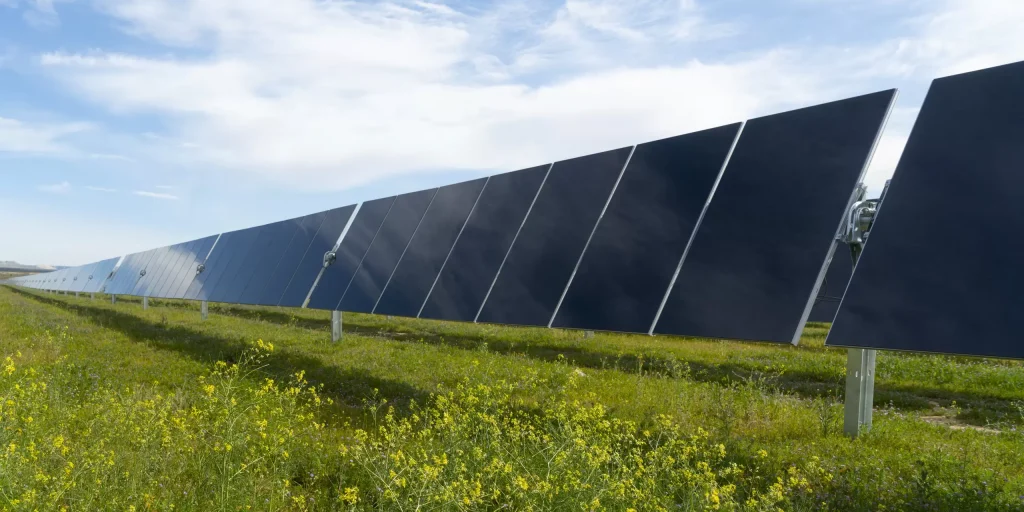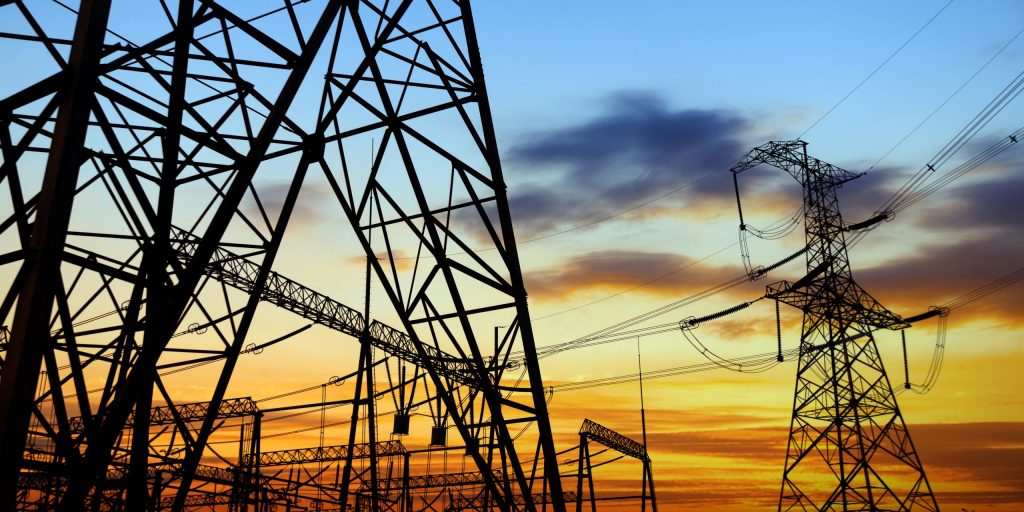Ghana and Pakistan are two of the countries around the world that have grown accustomed to “rolling blackouts.” The tactic is used by energy providers when their generating capacity cannot meet consumers’ demand. In short, power is cut off at different times throughout the day in different parts of the country. But while this may sound like an inconvenience only endured in the most impoverished corners of the globe, rolling blackouts became a decidedly first-world problem several years ago when California implemented the controversial practice, even in posh neighborhoods like Beverly Hills.
Then-U.S. Energy Secretary Spencer Abraham warned that “California is just a sign of the what’s to come if we don’t diversify our energy resources. The failure to meet this challenge will threaten our nation’s economic prosperity, will compromise our national security and literally alter the way we live our lives.”
Conservatives have long advocated for an “all-of-the-above” energy policy, urging policymakers to allow the market to decide which fuels are utilized by energy producers, whether it be coal, natural gas, nuclear, wind, solar or hydro.
But in spite of California’s previous experiences, the state has stayed at the bleeding edge of the growing environmentalist movement that seeks to shun cheap, readily-available fossil fuels in favor of government-subsidized “green” energy. The results have been disastrous.
California’s residential energy rates are the highest in the nation, by far. And even with the government subsidizing the effort, their economic development promises have fallen flat.
A measure hiking taxes on California corporations to fund “energy-efficiency projects” promised to generate 11,000 jobs per year. “Instead,” according to a new report by Time Magazine, “only 1,700 jobs have been created in three years, raising concerns about whether the money is accomplishing what voters were promised.”
By pretty much any measure, Alabama and California could not be any more different from one another. The liberal “Land of the Fruits, Flakes and Nuts” and “Sweet Home” are thousands of miles apart geographically, ideologically and culturally. But being a target of environmental interests is something the two states have in common.
In late 2013, Yellowhammer revealed that millions of dollars were being funneled into Alabama by California-based environmental groups with the stated purposes of “advancing clean energy policies in Alabama” and “accelerating the retirement of coal-fired power plants in Alabama.”
Their well-financed efforts have had limited success to this point, but the groups were undoubtedly pleased to see federal environmental mandates force Alabama Power to shutter two of the state’s coal-fired units and transition two others from coal to natural gas.
A coalition of environmental groups have also sought to take control of the utility review process at the Alabama Public Service Commission (PSC), but have thus far been brushed back by the three conservative members of the commission.
But they remained persistent during recent PSC meetings on Alabama Power’s newly-announced renewable energy push, which would increase its power from renewables—including solar—to 500 megawatt hours over the next six years.
If approved by the PSC, Alabama Power would build its own renewable projects that would supply energy to interested customers, but not burden other customers with increased costs or seek subsidization from the government. In other words, if a consumer wants to pay a little more to get their energy from renewable sources, they would be able to do that, but customers who prefer their current plans would not be impacted.
500 megawatts of solar power is enough renewable energy to serve about 100,000 homes during an hour of peak sun intensity on cloudless days. Alabama Power already has 1,600 megawatts of hydro resources across Alabama, and 404 megawatts of wind generation from projects in Kansas and Oklahoma.
This, combined with Alabama Power spending a jaw-dropping $3 billion to comply with federal mandates, would seem like a development that would be applauded by environmental activists. And yet they were back in Montgomery at the PSC last week pushing for more, because it will never be enough until the fossil fuels industry — especially coal — is completely eradicated.
With Alabama in the heat of summer, energy prices are undoubtedly on Alabamians’ minds. California serves as a cautionary tale for how quickly a state’s energy security and costs can spiral out of control if radical environmentalists are given an opportunity to advance their agenda.
Like this article? Hate it? Follow me on Twitter and let me know what you think.
— Cliff Sims (@Cliff_Sims) June 9, 2015













